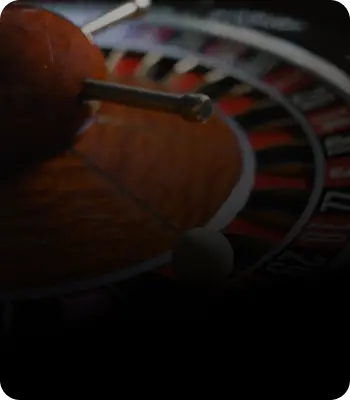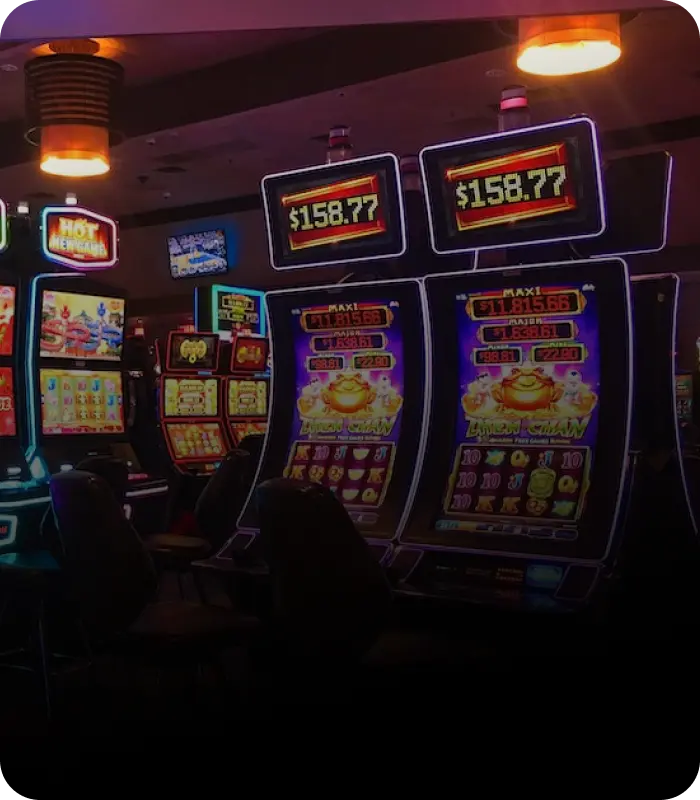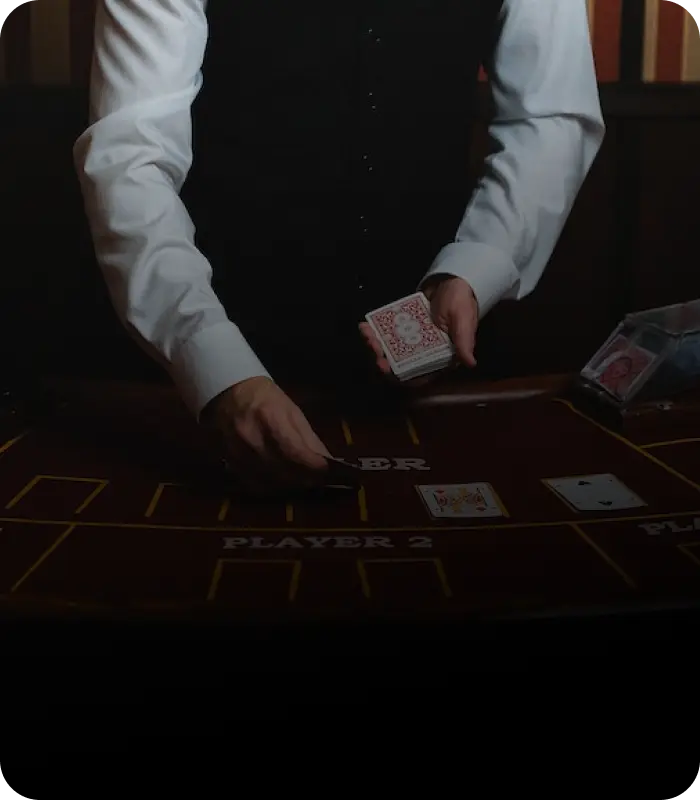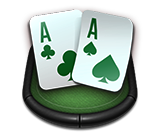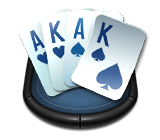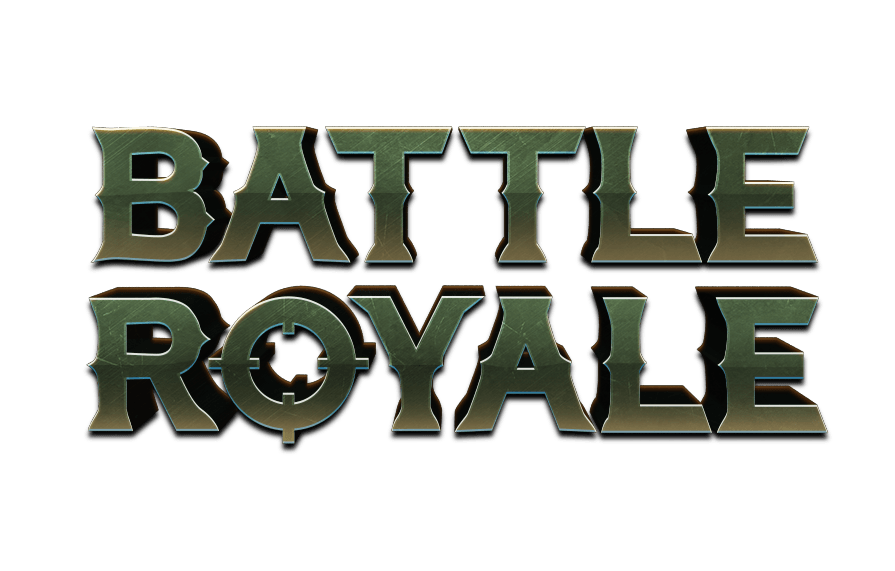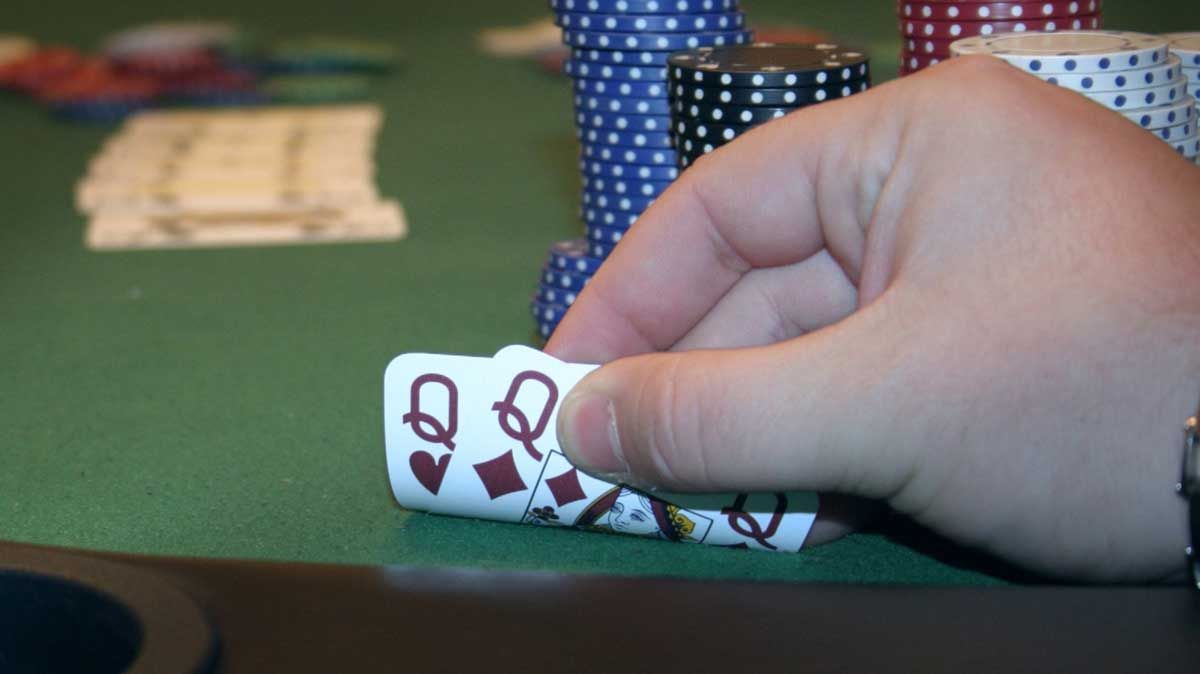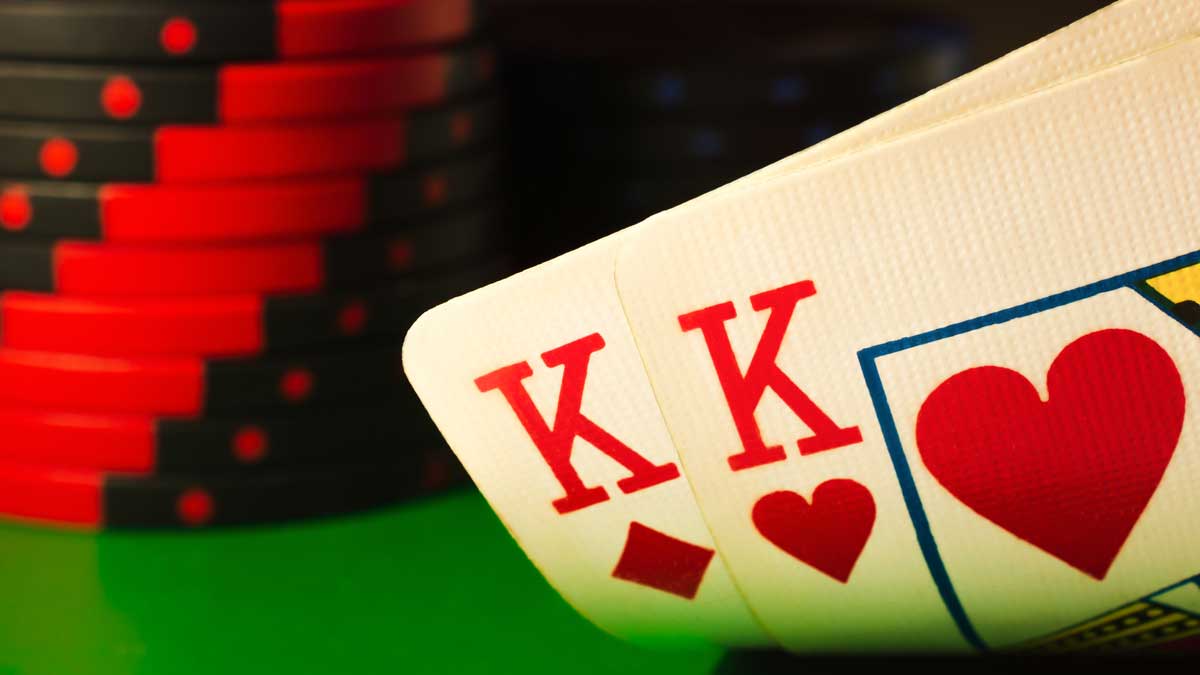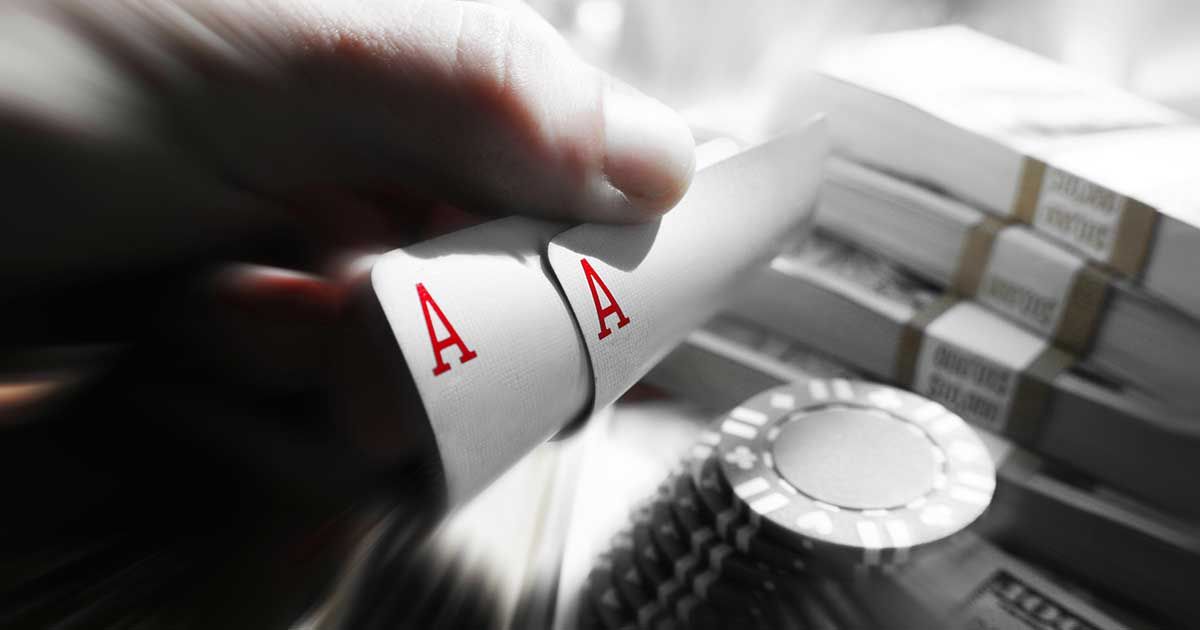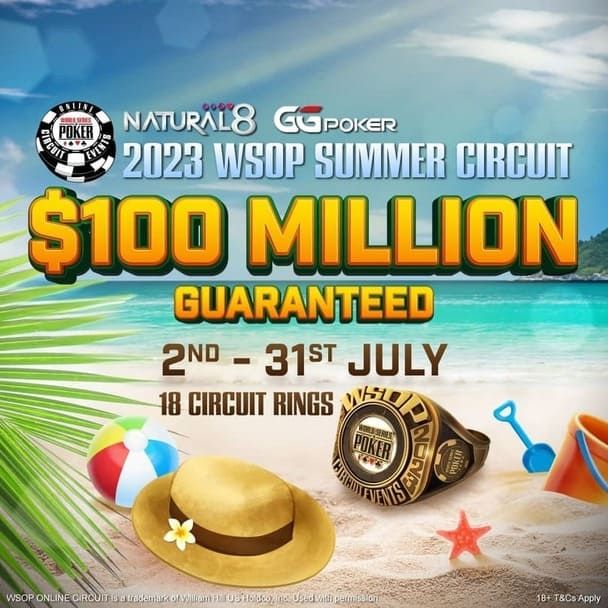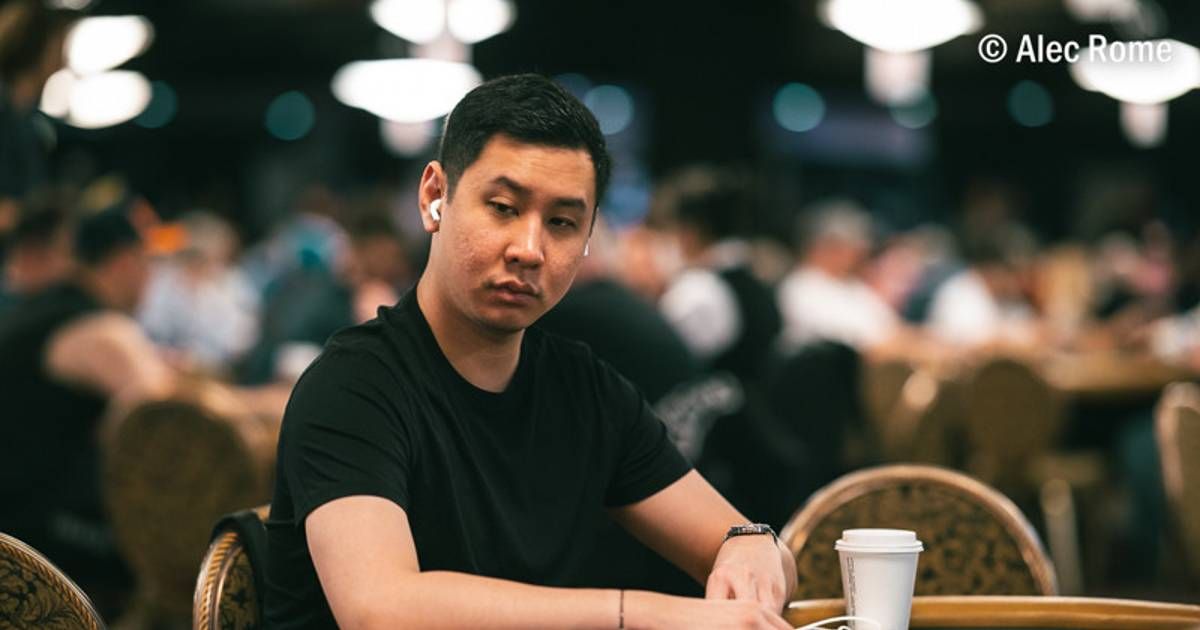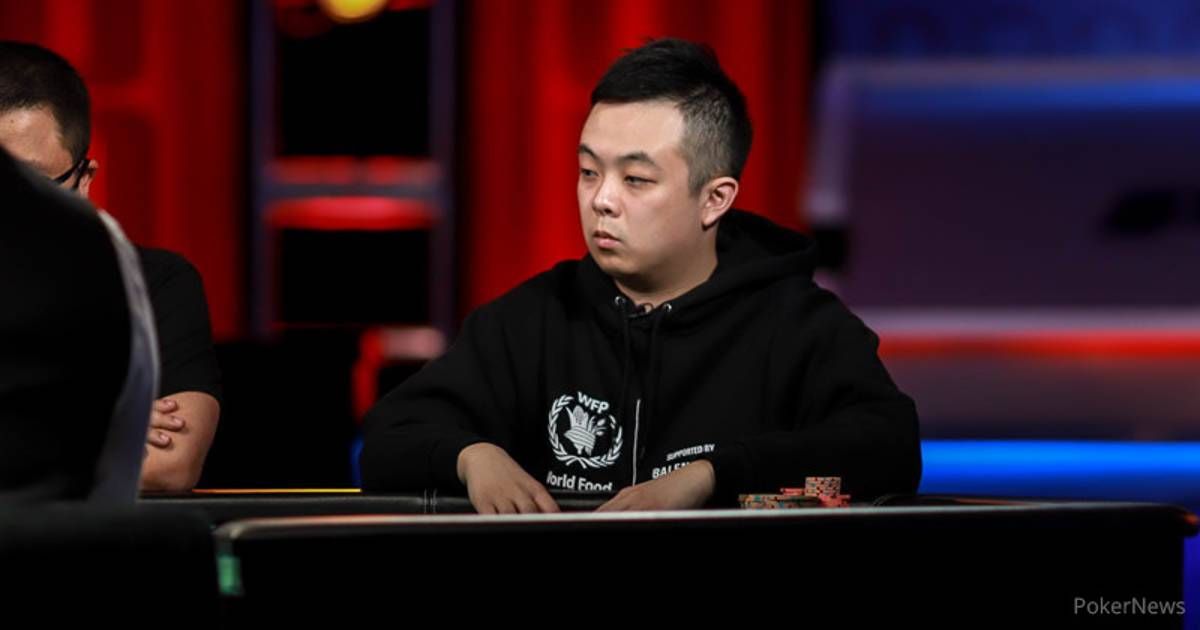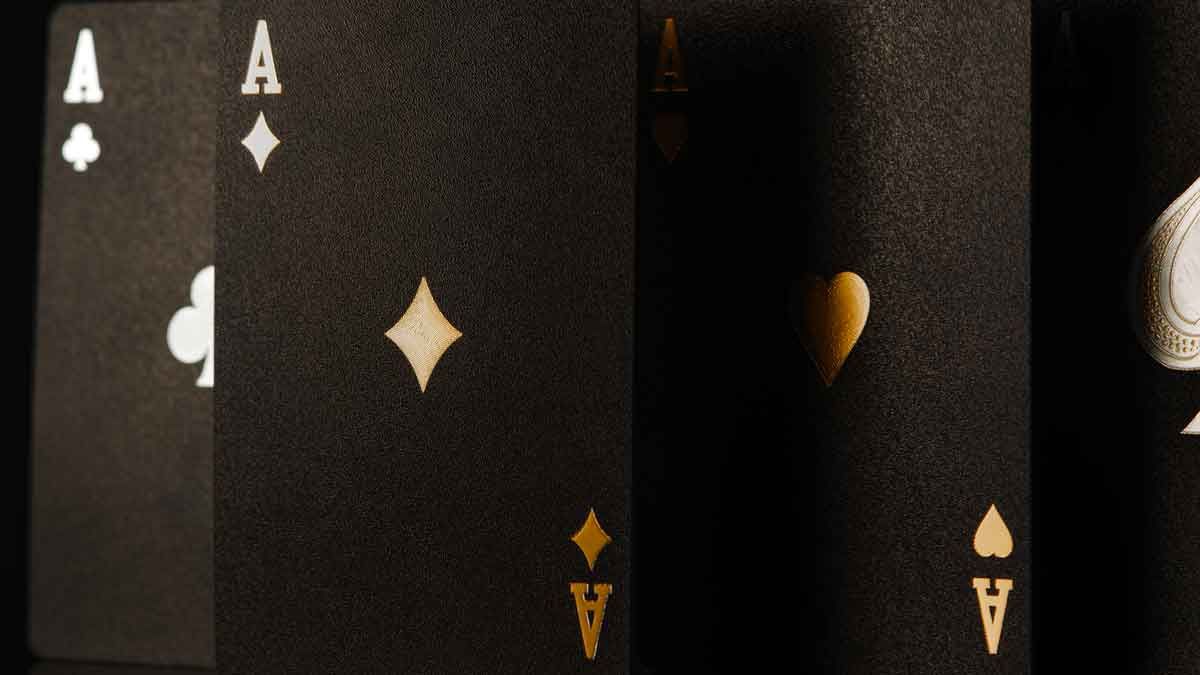
Playing trips can be surprisingly straightforward, but there are a few subtle points you need to know about. This particular hand in poker can also feel like a bit of a problem as it’s not exactly the strongest or the weakest hand to play. This article will teach you all about them in order to improve your win rate.
Trips Or A Set?
Before we jump into the strategy of how to play trips, we’d better first clear up some possible confusion. Three-of-a-kind in poker refers to three cards with the same value. In standard poker hand rankings, this hand ranks fourth in ascending strength order, being higher than two pairs, one pair, and high card. And depending on how it’s formed, it can be called “set” and “trips”.
To be clear, the terms “set” and “trips” in poker can be quite different.
A pocket pair in the hole that connects with the cards on the board to make three of a kind is called a set. Trips, on the other hand, is a three-of-a-kind that uses just one hole card in your hand. Both terms are often used in games like Omaha or Seven Card Stud, but this poker strategy article deals solely with Texas Hold’em.
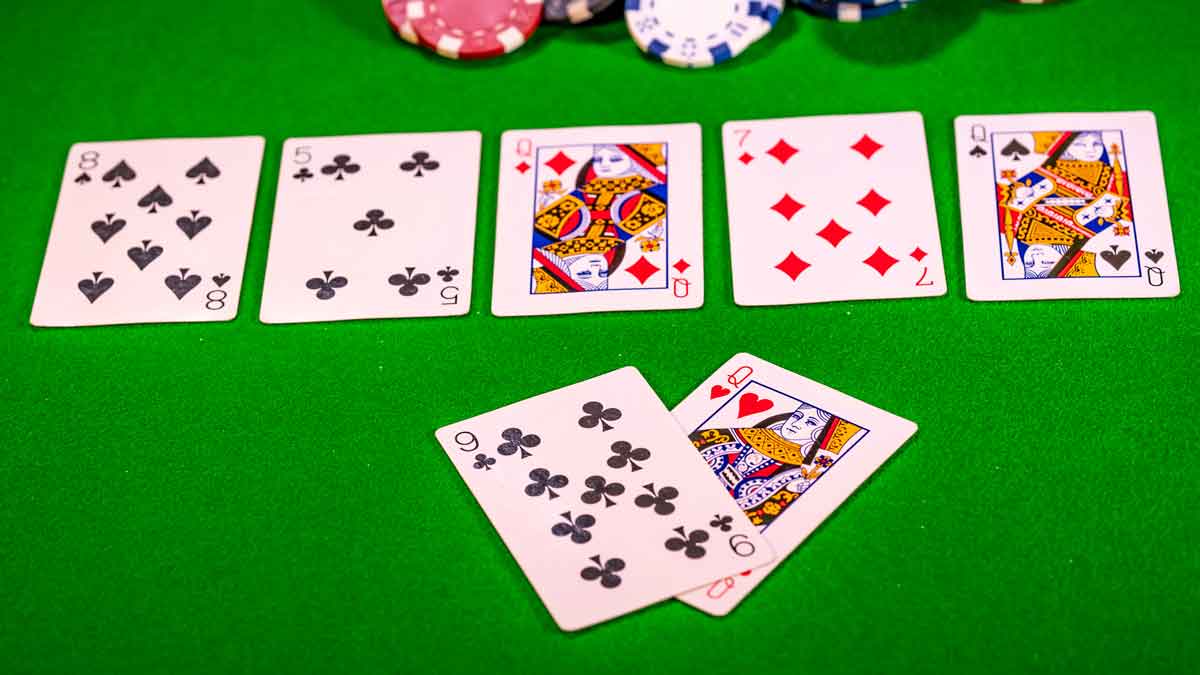
Playing Trips As The Aggressor
Okay, with the definition of trips clarified, it’s time to talk tactics. Perhaps the most important thing to note is the difference between holding trips as the pre-flop aggressor, compared to calling.
Why is that the case? Because when you are the one doing the raising, you hold a range advantage. As such, you should naturally continue to be aggressive after the flop. However, the value of your trips will determine exactly how big of an advantage you hold.
On the flip side, if you call pre-flop, then your opponent is typically the one holding the range advantage. That means you should be inclined to slow down and be a little less aggressive. The situation may even call for you to get a little trappy with your flopped trips.
Let’s now take a look at a few examples that will help to illustrate the point.
Hand Example – Low Trips
Imagine a rainbow flop of 6-6-2 after you had raised pre-flop from the button and found one caller. For this kind of hands, if you use a solver, you’ll be advised to bet around 90% of the time. The other 10% should be to check when you hold a lower kicker. Suited connectors like 7-6 or 6-5, for instance.
You probably don’t want to be overly aggressive in this spot, however. If you take a well-constructed pre-flop raising range for this situation, you probably have trips slightly less often than your opponent. You’re much more likely to be looking at pocket pairs and overcards, so you need to behave accordingly to protect your range.
Hand Example – High Trips
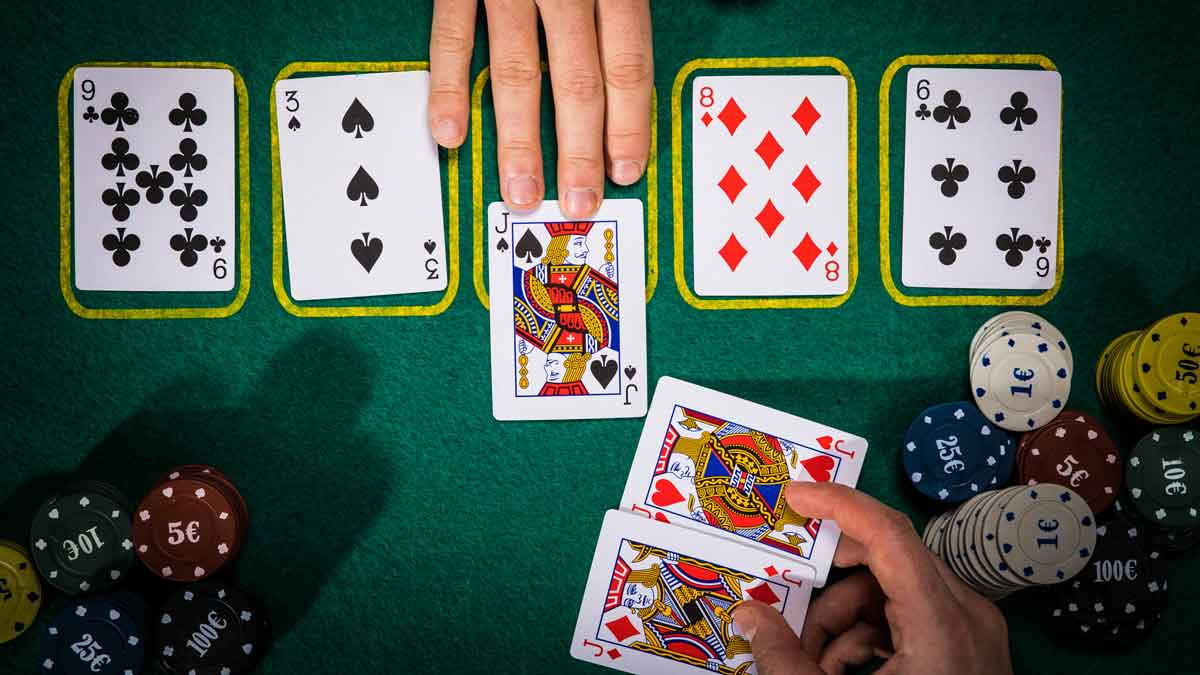 Now let’s imagine the same pre-flop set up, raising from the button and finding a single call. But this time, the flop is a rainbow Q-Q-4. In such a situation, the solver will still tell you to bet out approximately 90% of the time. And the remaining 10% are also checks with weaker kickers, such as J-6 through to J-9.
Now let’s imagine the same pre-flop set up, raising from the button and finding a single call. But this time, the flop is a rainbow Q-Q-4. In such a situation, the solver will still tell you to bet out approximately 90% of the time. And the remaining 10% are also checks with weaker kickers, such as J-6 through to J-9.
But the key difference is that perceived range. You obviously have many more hand combinations involving a Q in your range than a 6, as per the first example. Would you really be raising with J-6o, T-6o, or 9-6o, for instance? Seems unlikely. But hands like Q-J, Q-T, and Q-9 are definitely worth a pre-flop button raise in an unopened pot.
This range advantage gives you permission to be more aggressive. After all, you are now more likely to have trips than your opponent. You can bet for value with some thinner holdings, for instance. The 10% of checks are purely there to protect and properly balance your range.
How To Play Trips After Calling
Okay, now let’s go back to the first example, but turn the tables. This time you’re in the Big Blind and are facing the button raise. The flop comes 6-6-2 rainbow. What to do?
It doesn’t make too much sense to bet out, as most of the time players will check to the initial aggressor. It looks too weird to bet here, and what story could we possibly be telling our opponent anyway? If we really had trips in this spot, what do we gain by firing? We’d almost certainly look to get tricky if we had a strong hand.
So, after we check, our opponent fires a small to medium-sized continuation bet. What next? Well, we’re obviously never folding in this spot, but a check-raise is suggested by solvers around two-thirds of the time.
The best hands for check-calling are A-6 offsuit and A-6 suited. That’s because they block our opponent from holding a high-value Ace, increasing the likelihood that they are bluffing. Similarly, the very lowest kicker (6-5 suited) is also a decent check-call, as it unblocks some complete bluffs. In those situations, we can extract more value later on.
We should be check-raising the very highest kickers, like K-6 through J-6, almost every time. Around 85% to 90%, in fact.
Conclusion
Whenever the flop brings trips, the first thing to consider is position. If you’re the pre-flop caller who’s now out of position, you should be check-raising here more often than not. But if you are the pre-flop aggressor, you need to factor in the rank of the paired community card.
If it’s higher in value, it’s more likely to connect with your range, meaning you can confidently be more aggressive. But if it’s a lower-ranking card, consider slowing down a little, betting for value less thinly, and working in fewer semi-bluffs.













